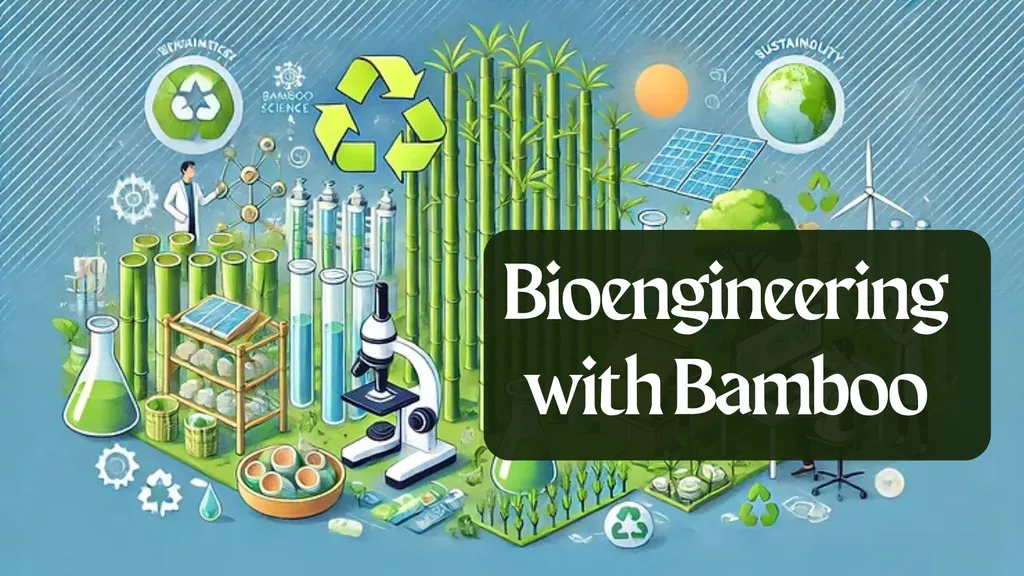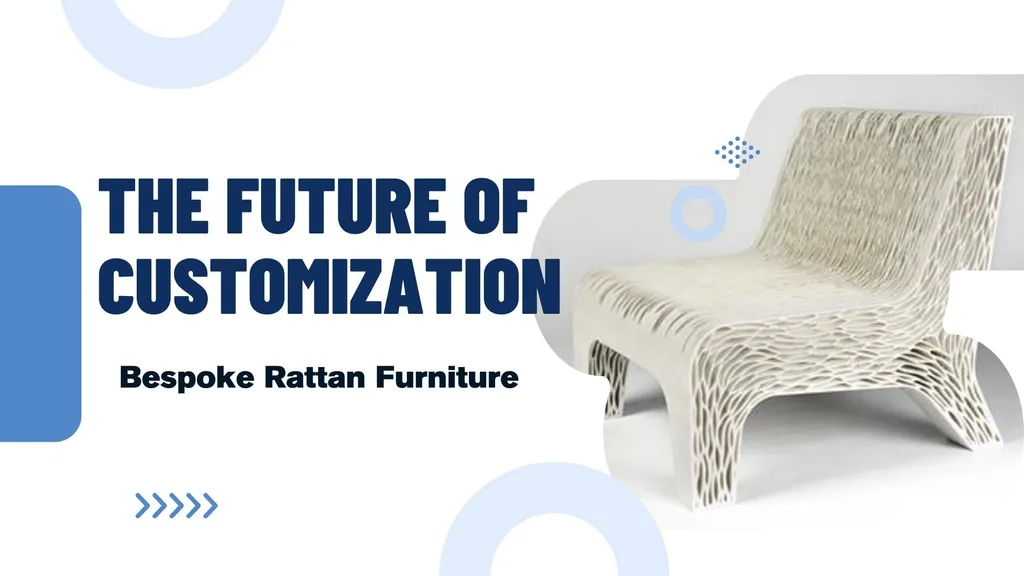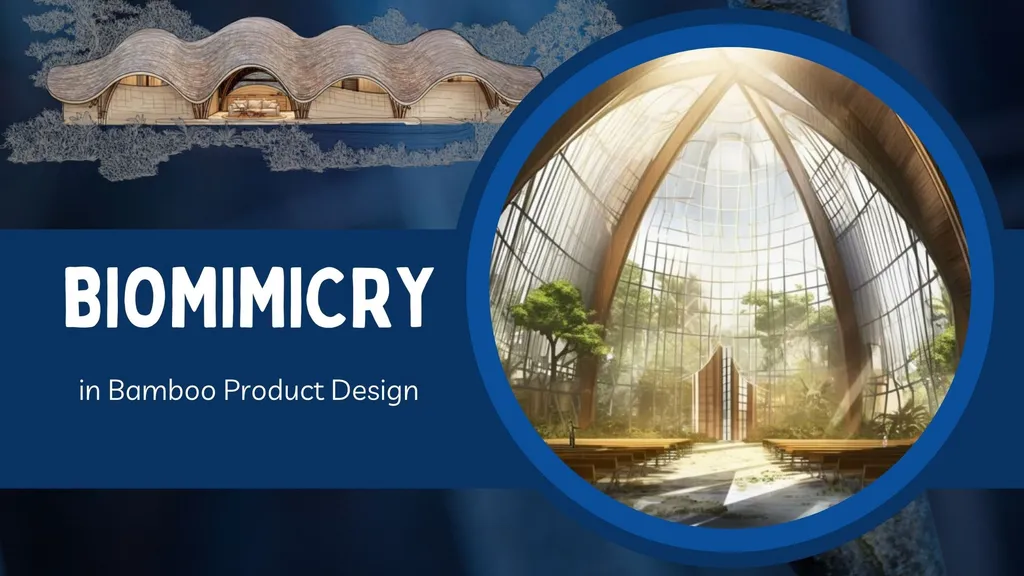Contents

In an era prioritizing sustainability, bamboo’s rapid growth and versatility make it a cornerstone of bioengineering innovation. Once a traditional resource for construction and crafts, bamboo is now redefining material science through advanced applications in construction, composites, and nanoengineering. This blog explores how bamboo is transforming industries with eco-friendly, high-performance solutions.
Bamboo in Construction: A Sustainable Revolution
Bioengineered bamboo is reshaping the construction industry by combining sustainability with strength. Its natural flexibility and high strength-to-weight ratio enable innovative applications:
Strengthened Composites: Techniques like plastination enhance bamboo’s durability, creating lightweight, cost-effective materials that rival steel.
Engineered Systems: Cross-laminated bamboo panels and beams support eco-conscious urban designs, meeting modern architectural demands.
Environmental Benefits: Bamboo’s rapid growth and minimal ecological footprint make it a climate-friendly choice, as recognized by the United Nations for green building practices.
These advancements position bamboo as a resilient, sustainable alternative for modern infrastructure.
Bamboo Composites vs. Traditional Materials
Bamboo composites outperform traditional materials like steel and timber in sustainability and performance:
Eco-Friendly: Bamboo’s biodegradability and low carbon footprint surpass timber and synthetics, supporting green initiatives.
Mechanical Strength: Engineered bamboo offers a superior strength-to-weight ratio, ideal for construction and automotive applications.
Innovative Processing: Advanced techniques enhance bamboo’s load-bearing capacity, making it a competitive alternative to conventional materials.
These qualities highlight bamboo’s potential to balance performance with environmental responsibility.
Enhancing Bamboo’s Mechanical Properties
Bioengineering has unlocked bamboo’s mechanical potential for diverse applications:
Advanced Processing: Chemical treatments and polymer integration improve bamboo’s bonding strength and load capacity, reducing variability.
Anisotropic Design: Bamboo’s natural structure allows tailored modifications for enhanced stiffness and elasticity, applicable in electronics and textiles.
Lightweight Versatility: High-toughness bamboo fibers meet industry needs in architecture and automotive sectors while remaining biodegradable.
These innovations expand bamboo’s role in sustainable, high-performance solutions.
Sustainable Bamboo Cultivation
Bamboo’s environmental benefits stem from sustainable cultivation practices:
Eco-Friendly Harvesting: Selective cutting preserves biodiversity and soil health, with only 20% of mature stems harvested annually.
Carbon Sequestration: Bamboo’s rapid growth absorbs significant CO2, outpacing many timber resources.
Land Restoration: Its robust root system improves soil quality and reduces erosion, aiding ecological recovery.
These practices ensure bamboo remains a climate-conscious material with minimal ecological impact.
Life Cycle Assessment of Bamboo
Life cycle assessments (LCAs) confirm bamboo’s sustainability:
Low Environmental Impact: Bamboo products have a lower Global Warming Potential than steel or plastics due to their renewable nature.
Efficient Production: Optimized processing reduces energy use and waste, enhancing eco-friendliness.
Circular Economy: LCAs guide sustainable practices, supporting bamboo’s role in greener industrial frameworks.
This data underscores bamboo’s value in sustainable material solutions.
Technological Advances in Bamboo Processing
Innovations in processing, such as nanoengineering, enhance bamboo’s versatility:
Nanoengineering Cellulose: Techniques like steam explosion extract high-quality fibers, enabling applications in medical, packaging, and textile industries.
Mechanical and Chemical Treatments: These methods refine bamboo’s properties, ensuring compatibility with advanced composites.
Scalable Solutions: Improved extraction processes expand bamboo’s use in sustainable manufacturing.
These advancements make bamboo a scalable, eco-friendly resource for modern needs.
Future Directions and Challenges
Bamboo bioengineering is poised for growth through biotechnology and genomic research, promising stronger, more adaptable species. Emerging trends include high-strength composites and biomaterials for biomedical applications. However, challenges like genetic variability, regulatory hurdles, and public skepticism about bioengineered materials must be addressed to ensure ethical and sustainable progress.
Success Stories in Sustainable Architecture
Projects like Mexico’s Luum Temple showcase bamboo’s architectural potential:
Resilient Design: Bamboo’s flexibility and strength create structures resistant to wind and seismic stresses.
Local Sourcing: Using locally grown bamboo reduces carbon emissions and supports regional economies.
Modern Engineering: Engineered bamboo integrates traditional methods with cutting-edge technology, advancing sustainable architecture.
These examples highlight bamboo’s role in eco-conscious design.
Bamboo’s evolution from a traditional resource to a bioengineered marvel underscores its potential in sustainable material science. Its eco-friendly properties, enhanced performance, and innovative applications make it a vital solution for industries tackling environmental challenges. As research advances, bamboo will continue to drive sustainable innovation.
For premium bamboo-based products crafted with sustainability in mind, explore the offerings of Ethical Handicraft Manufacturer (EHM) at handicraftmanufacturer.com.





